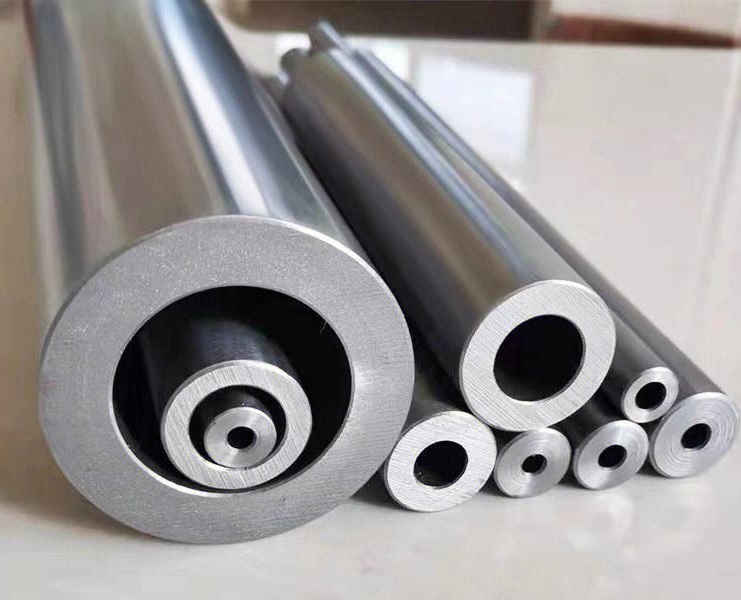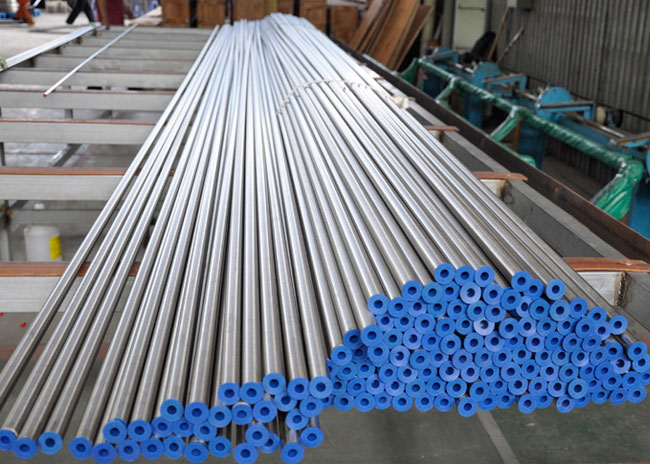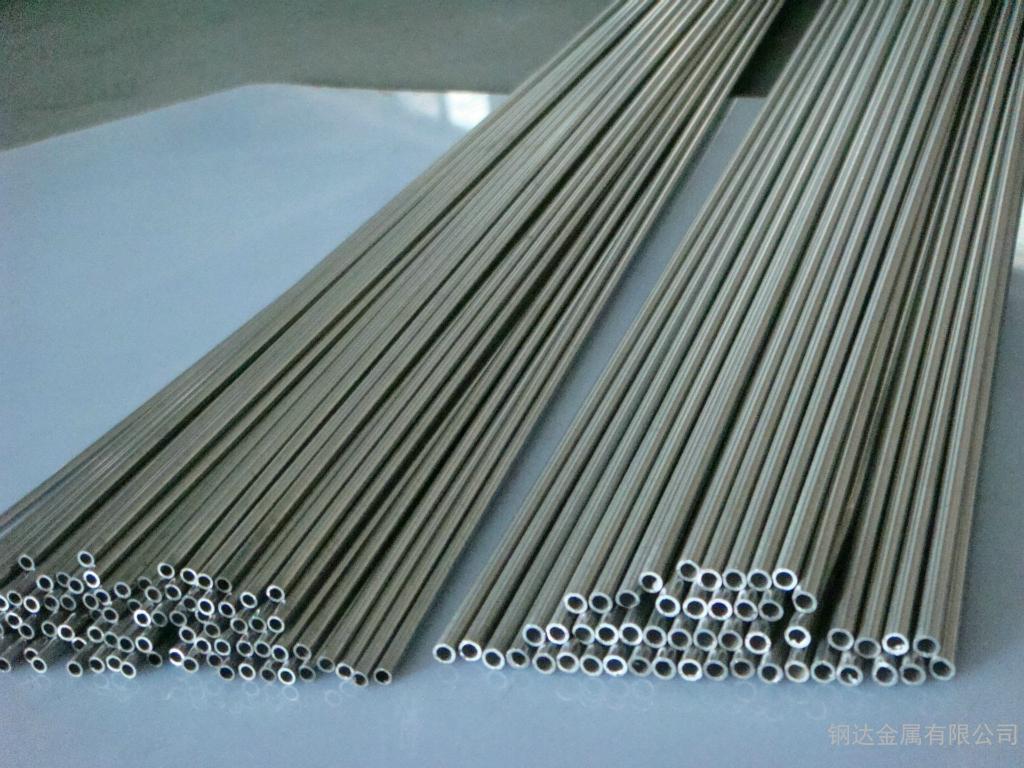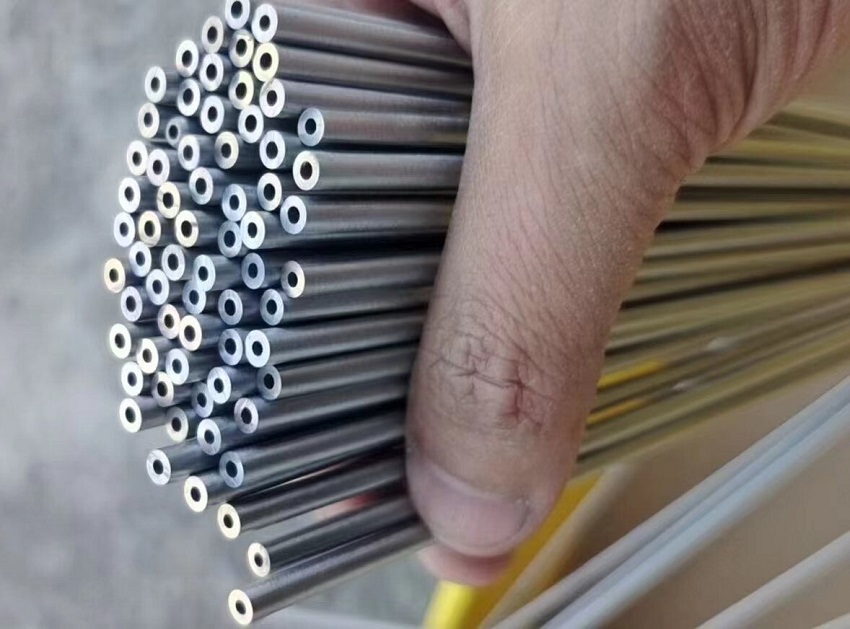NEWS CENTER
What is stainless steel hydraulic lines?
What is stainless steel hydraulic lines?
Stainless steel hydraulic lines are essential conduits used in hydraulic systems, chosen primarily for their corrosion-resistant properties and durability. These lines play a crucial role in industries such as automotive, aerospace, and manufacturing, where hydraulic power is utilized to transmit force or motion. This article explores the benefits, applications, and key considerations of using stainless steel hydraulic lines.
1. Advantages of Stainless Steel Hydraulic Lines
1.1 Corrosion Resistance:
Stainless steel is highly resistant to corrosion, making it ideal for hydraulic systems exposed to moisture or aggressive fluids. This resistance helps prevent rust and deterioration over time, ensuring long-term reliability.
1.2 Durability:
Known for its durability and long lifespan, stainless steel can withstand harsh operating conditions, temperature extremes, and mechanical stress without weakening. This makes it a reliable choice for demanding applications.
1.3 High-Pressure Applications:
Stainless steel hydraulic lines are capable of handling high-pressure hydraulic systems commonly found in industrial, automotive, and marine applications. The materials strength and integrity are crucial in preventing leaks and maintaining system performance.
1.4 Flexibility:
Stainless steel hydraulic lines can be flexible or rigid, depending on the specific application. Flexible stainless steel hoses with braided or corrugated designs are often used to absorb vibrations and accommodate movement within the hydraulic system.
1.5 Easy Maintenance:
Stainless steel hydraulic lines are relatively low-maintenance, as they are less prone to degradation compared to materials like rubber or plastic. This can reduce downtime and maintenance costs in hydraulic systems.
1.6 Compatibility:
Stainless steel is compatible with a wide range of hydraulic fluids and can be used in various hydraulic applications, including those involving hydraulic oil, water, gas, and other media.
1.7 Customization:
Stainless steel hydraulic lines can be custom-made to fit the specific requirements of a hydraulic system. Customization includes choosing the appropriate diameter, length, and end fittings to ensure a proper fit and optimal performance.
1.8 Safety Considerations:
When working with stainless steel hydraulic lines, it’s essential to follow safety procedures and use proper fittings and connections to prevent leaks and ensure the integrity of the system. Proper installation is crucial to maintaining safety and performance.
1.9 Cost:
While stainless steel hydraulic lines are generally more expensive than alternatives like rubber or plastic hoses, their durability and long lifespan can offset the initial cost by reducing maintenance and replacement expenses.
2. Stainless Steel Hydraulic LinesApplications in Industry
Stainless steel hydraulic lines are commonly used in industries where reliable and corrosion-resistant hydraulic systems are essential for efficient operations. Key applications include:
2.1 Automotive:
In automotive applications, stainless steel hydraulic lines are used in braking systems and fuel lines due to their reliability and safety under high-pressure conditions.
2.2 Aerospace:
Aerospace industries rely on stainless steel hydraulic lines for hydraulic systems in aircraft, where strength, lightweight properties, and resistance to extreme conditions are critical.
2.3 Manufacturing:
Manufacturing industries utilize stainless steel hydraulic lines in machinery that requires robust and long-lasting hydraulic components, ensuring minimal downtime and high efficiency.
2.4 Marine:
In marine environments, where exposure to saltwater can cause rapid corrosion, stainless steel hydraulic lines provide a reliable solution for hydraulic systems on ships and offshore platforms.
3. Stainless Steel Hydraulic Lines Customization and Maintenance
3.1 Customization:
Stainless steel hydraulic lines can be tailored to specific system requirements. This customization includes selecting the appropriate diameter, length, and type of end fittings to ensure a proper fit and optimal performance.
3.2 Maintenance:
One of the significant advantages of stainless steel hydraulic lines is their low maintenance requirements. Their resistance to corrosion and mechanical wear means they require less frequent inspections and replacements, leading to reduced maintenance costs and downtime.
Stainless steel hydraulic lines offer unmatched durability, reliability, and resistance to corrosion across various industries. Despite the higher initial cost, their long lifespan and low maintenance requirements make them a cost-effective choice for many applications.

Stainless steel hydraulic lines
请输入搜索关键字
确定






